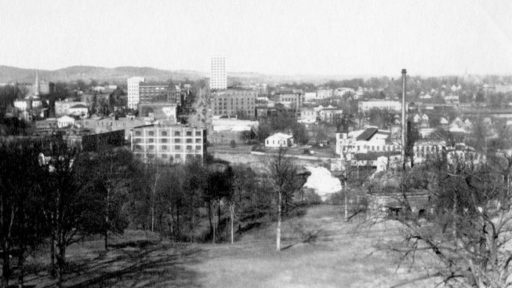The payroll dated October 2nd 1852 reaffirms the use of slaves during that year despite claims in Robert Norman Daniel’s research (1951) on the construction of Furman. Moreover, one can see that negroes were also used for specific tasks in the maintenance of Furman’s newly constructed buildings. Unlike most unnamed references to African-Americans, the billed dated April 1853 recorded work by “boy Elias” for his work on Professor Mims’s house. Moreover, the bill paying Professor Edwards demonstrates the use of slaves by Furman faculty. The bill referring to “McBee’s boy” was one that my supervisor and I found very surprising since Vardry McBee was a very influential figure at Furman as well as in Greenville and is known to be against much of the confederate rhetoric.
I also went through microfilms from the Southern Patriot newspapers in order to collect information on Furman University and slavery within the Greater Greenville Area during the construction of the downtown campus. There I was able to discover information on the demographics of Greenville, hence the number of slaves and free citizens at that time, as well as the average worth of slaves and sentiments towards them from the community. Greenville District actually inhabited 7,148 slaves according to the census returns of 1850. It was also interesting to see how much slave labor was a common part of the daily discourse and activity in Greenville. Articles on how to treat slaves well, as well as articles comparing them to animals and barbarians, were also available in almost every issue; an interesting paradox. Nonetheless, the town of Greenville demonstrated high slave trade activity in the early 1850s in the newspapers, thus maximizing the chances that Furman University utilized slavery during its construction.
